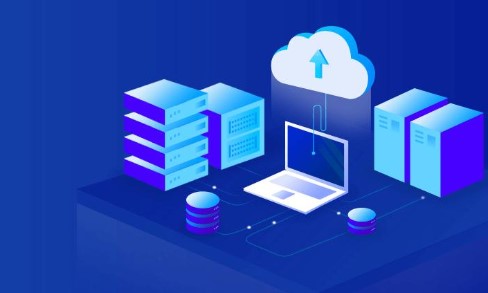Глобальная цепочка поставок IT
Международный транспорт + IT Аутсорсинг по эксплуатации и техническому обслуживанию + сеть самолетов
Overseas cloud servers and traditional servers each offer distinct advantages, catering to different usage scenarios and user needs. Below, we conduct a detailed comparison from multiple dimensions to help you make a more informed decision.

Overseas cloud servers are built on cloud computing platforms, primarily providing instances through virtualization technology. Users can flexibly adjust computing resources according to their actual business needs. This feature of elastic scalability ensures stable operation even when businesses face unexpected situations.
Traditional servers, as physical devices, have fixed resources. Once purchased and configured, it is difficult to flexibly adjust resources afterward. If business requirements change, re-purchasing hardware may be necessary, imposing time and cost burdens.
In terms of resource flexibility, overseas cloud servers have a more pronounced edge. Leveraging virtualization technology, they enable dynamic allocation of computing resources. Users can scale CPU, memory, and storage up or down in real-time based on business needs. Such flexibility adapts well to businesses of all sizes, avoiding resource waste and reducing costs.
Traditional servers are limited by fixed hardware resources, making it challenging to adjust promptly to rapidly changing business demands. Sudden business growth may lead to resource shortages, while downsizing can cause resource idling and cost waste.
Overseas cloud servers are typically managed and maintained by cloud service providers. These providers have professional technical teams and comprehensive service systems to ensure server stability and prompt response to failures. Users can focus solely on their business applications without worrying about infrastructure management, significantly reducing administrative burdens.
Traditional servers require users to take full responsibility for management and maintenance, including hardware upkeep, security updates, and performance optimization. This not only demands technical expertise but also increases operational costs and management pressures, posing significant challenges for users with limited technical capabilities.
Overseas cloud servers adopt a pay-as-you-go pricing model, where users pay based on actual resource usage, eliminating the need for high upfront investments. This billing structure allows better cost control and avoids unnecessary waste from inaccurate resource forecasting. Users can adjust resource usage flexibly as their business evolves, optimizing costs effectively.
Traditional servers require users to purchase hardware upfront and bear ongoing operational costs, such as power, cooling, and maintenance. Their cost structure is relatively fixed, making it difficult to predict future expenses accurately. Underperforming business growth may result in idle equipment and capital waste.
For more information on pricing and details about overseas cloud servers and traditional servers, feel free to consult Ogcloud’s online customer service. We will provide professional answers and services tailored to your needs.

Международный транспорт + IT Аутсорсинг по эксплуатации и техническому обслуживанию + сеть самолетов

Чип мобильного телефона + за рубежом GPS + Global Acceleration Network

Узлы за рубежом компьютерной комнаты + выделенные линии + Глобальная сеть ускорения

Глобальная сеть ускорения + саморазвитая запатентованная технология + удобная ссылка

Global Acceleration Network + Global Multi-Node + Cloud Network Integration


